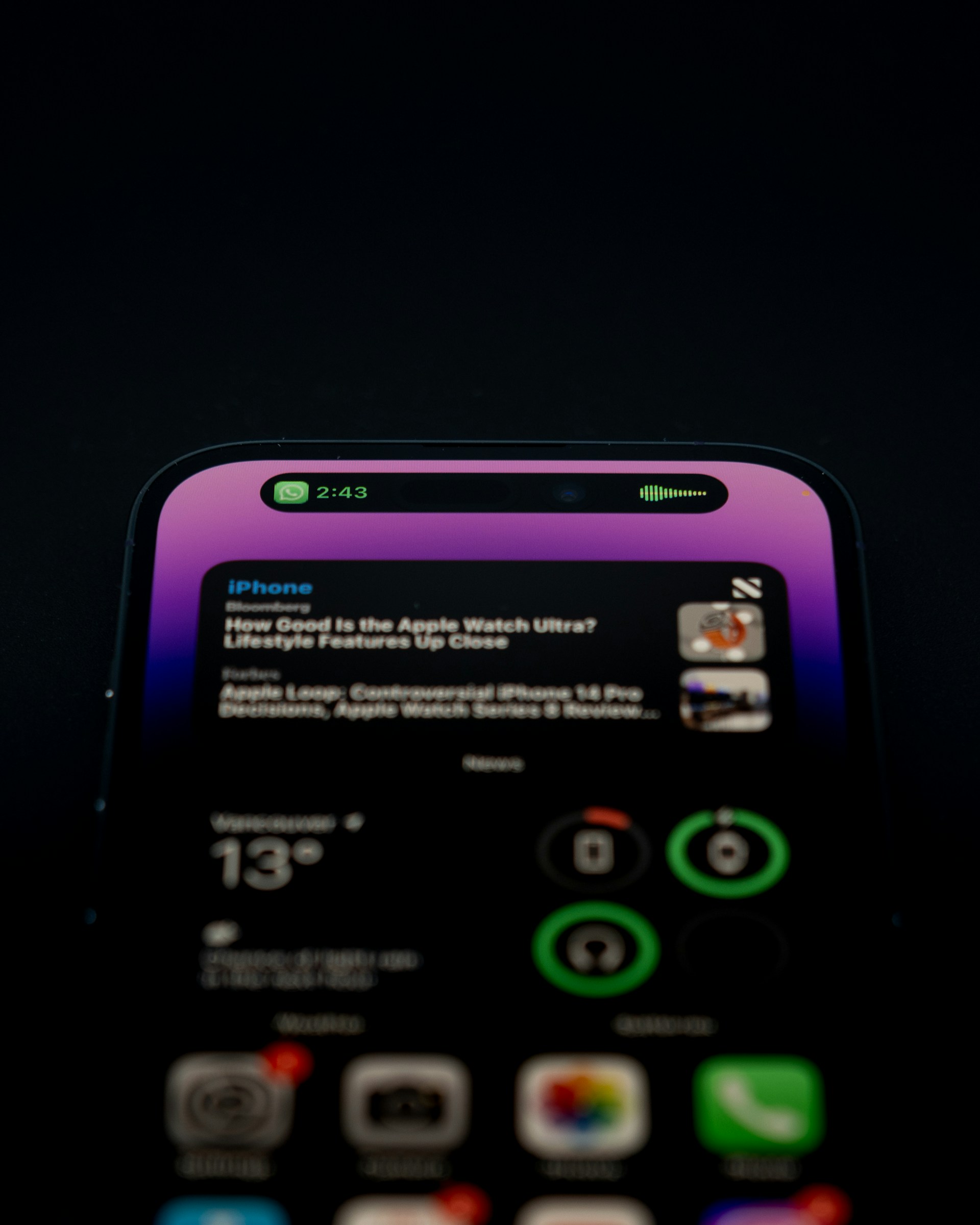Ever clicked on a website and felt like you aged three years waiting for it to load? You’re not alone. In 2025, when users expect instant gratification, a slow website isn’t just annoying—it’s a death sentence for your business.
I’ve optimized images and cached everything. Why is my site still crawling?
Here’s the truth: most developers are fighting yesterday’s performance battles with yesterday’s tools.
Website performance isn’t about one magic fix. It’s about understanding the actual bottlenecks killing your load times, implementing modern optimization strategies that work in 2025, and stopping the bleeding before users bounce. This guide cuts through the noise and shows you exactly what’s slowing you down and how to fix it without a computer science degree.
🔍 1. THE REAL CULPRITS DESTROYING YOUR LOAD TIMES
Third-Party Scripts Are Parasites
That innocent Google Analytics tag? It’s loading 14 other resources you didn’t ask for
Social media widgets, chat plugins, and ad networks are silently demolishing your performance
Each third-party script is an uncontrolled variable that can block your entire page rendering
Solution: Audit every external script with ruthless prejudice. If it’s not essential, kill it
Your Hosting Is Actually Garbage
Shared hosting in 2025 is like trying to run a marathon in flip-flops
Server response time should be under 200ms. If it’s over 600ms, you’re losing before the race starts
Geographic location matters—if your server is in Virginia and your users are in Singapore, physics is not your friend
CDNs aren’t optional anymore. They’re mandatory
Render-Blocking Resources
CSS and JavaScript files blocking the critical rendering path are the silent killers
Your hero image loads before your above-the-fold content can even render
Web fonts requesting from Google Fonts with default settings add 300-500ms easily
Inline critical CSS and defer non-critical resources. Period
⚡ 2. MODERN OPTIMIZATION TECHNIQUES THAT ACTUALLY WORK
Embrace Modern Image Formats
WebP and AVIF formats reduce file sizes by 30-50% compared to JPEG without quality loss
Implement responsive images with srcset—don’t serve a 3000px image to mobile devices
Lazy loading is standard practice, but use native loading=’lazy’ instead of JavaScript libraries
Art direction with the picture element lets you serve different crops for different viewports
JavaScript Bundle Optimization
Code splitting is non-negotiable. Users don’t need your entire app on page load
Tree shaking eliminates dead code. If you’re shipping unused library functions, you’re wasting bandwidth
Dynamic imports load JavaScript only when needed, not upfront
Monitor your bundle size religiously. Every kilobyte costs users money and time
Prefetch and Preconnect Strategically
Use rel=’preconnect’ for critical third-party domains to establish connections early
Prefetch resources for likely next-page navigation to create instant transitions
DNS-prefetch for external domains you’ll need but aren’t immediately critical
Don’t go overboard—prefetching everything defeats the purpose and wastes resources
🛠️ 3. PRACTICAL IMPLEMENTATION ROADMAP
- Run a baseline test with PageSpeed Insights, WebPageTest, and Lighthouse. Know your starting point with real numbers
- Implement a CDN immediately if you haven’t. Cloudflare’s free tier is better than no CDN
- Audit and defer/async all JavaScript that isn’t critical to first paint. Be merciless
- Optimize images with automated tools like Sharp, ImageOptim, or Squoosh. Compression should be part of your build process, not an afterthought
- Set up proper caching headers. Static assets should be cached for a year. HTML can be shorter, but cache intelligently
- Enable compression (Brotli > Gzip > nothing). Most servers support this out of the box—just turn it on
- Measure again. Performance optimization is iterative, not a one-and-done checklist
- Set up performance budgets and monitoring. What gets measured gets managed
The key is systematic improvement, not perfection. Each optimization compounds.
📈 4. MEASURING SUCCESS AND MAINTAINING PERFORMANCE
Metrics That Actually Matter
Largest Contentful Paint (LCP) should be under 2.5 seconds. This measures when your main content loads
First Input Delay (FID) under 100ms. Users should be able to interact immediately
Cumulative Layout Shift (CLS) under 0.1. Nothing is more annoying than clicking a button that moves
Time to First Byte (TTFB) under 600ms. Your server needs to respond fast
Continuous Monitoring
Set up Real User Monitoring (RUM) to see actual user experience, not lab conditions
Performance regressions happen slowly. Monitor Core Web Vitals weekly
Use performance budgets in your CI/CD pipeline to catch issues before deployment
Test on real devices with throttled connections. Your MacBook Pro on fiber isn’t representative
Team Accountability
Make performance a requirement, not a nice-to-have in your development process
Every new feature should include a performance impact assessment
Document your optimizations so the next developer doesn’t undo your work
Performance is everyone’s job—designers, developers, and stakeholders alike
Conclusion – Final Thoughts
Fast websites aren’t built by accident—they’re built by developers who give a damn about user experience. In 2025, when your competitors are optimizing for milliseconds, you can’t afford to ignore performance. The techniques in this guide aren’t revolutionary; they’re practical, proven strategies that work. Start with the biggest bottlenecks, measure relentlessly, and optimize systematically. Your users (and your conversion rates) will thank you.
Stop making excuses. Start making your website faster. Your users are waiting—but not for long.



